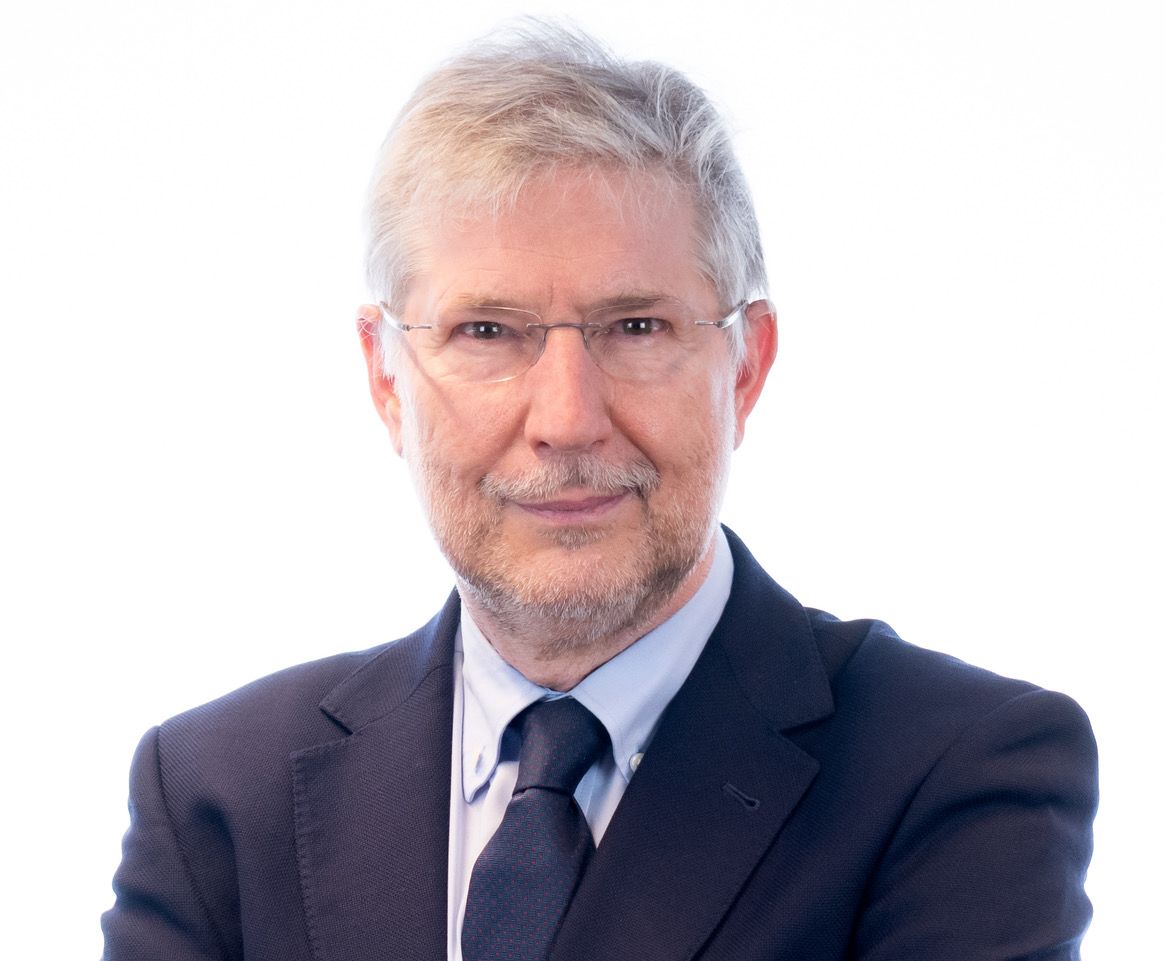
Andreu Puigdollers
The role of the orthodontist in children with obstructive sleep apnea
Sleep disordered breathing are highly prevalent in children. Obstructive sleep apnea syndrome (OSAS) is a chronic disease characterized by increasingly worsening upper airway resistance, with a variable range of symptoms and morbidity rates.
Aim and objectives
The aim and objectives of this presentation are to present the role of the orthodontist from the point of view of diagnosis and treatment in OSA children.
From a diagnostic point of view, polysomnography is the gold standard in the diagnosis of OSA. In addition, the International Classification of Sleep Disorders in Children indicates that the presence of signs and symptoms such as labored breathing, drowsiness, hyperactivity, behavioral problems or learning problems indicate sleep disorders. In this regard, the orthodontist must be attentive to them. Specifically, in relation to the age and clinical phenotype of the child. In addition, the orthodontist should be familiar with the clinical examination, dentofacial features, and use of screening tools for OSA.
The first line of treatment is adenotonsillectomy. But the role of the orthodontist, as a sleep unit partner, includes not only treating the skeletal discrepancy but also improving oronasal function through myofunctional therapy.
Learning objectives
- To highlight the importance of detecting the patient as early as possible by asking the appropriate diagnostic questions.
- To become familiar with the clinical features of children with OSA.
- To be aware that the orthodontist should always collaborate with the sleep unit.
Speaker biography
- Degree of Licenciate in Medicine and Surgery (MD).
- Universitat Autònoma de Barcelona.
- Degree of Specialist in Stomatology (DDS). Universitat de Barcelona.
- Máster in Orthodontics. Universitat de Barcelona.
- PhD in Medicine. Universitat de Barcelona.
- Director of the Department of Orthodontics. Faculty of Odontology. Universitat Internacional de Catalunya.
- Diplomate of the Spanish Board of Orthodontics.
- Diplomate of the European Board of Orthodontics (EBO).
- Active Member of the Angle Society of Europe (ASE).
- Certificate of Expertise in Sleep Dental Medicine.
- President of the NEBEOP Board (EOS).
- Examiner of the European Board of Orthodontics, Italian Board of Orthodontics, Spanish Board of Orthodontics.
- Orthodontic practice in Barcelona. Spain.

